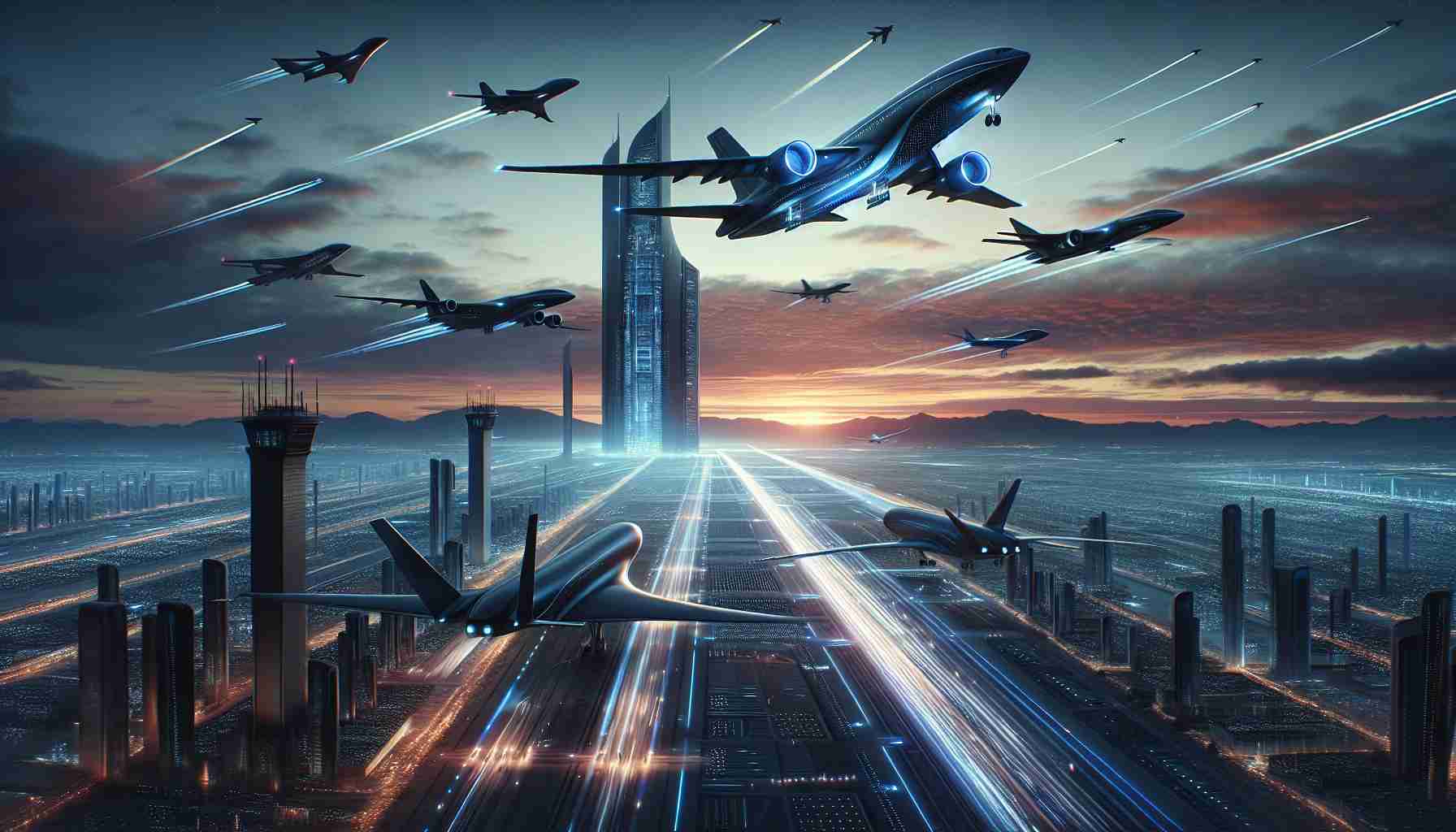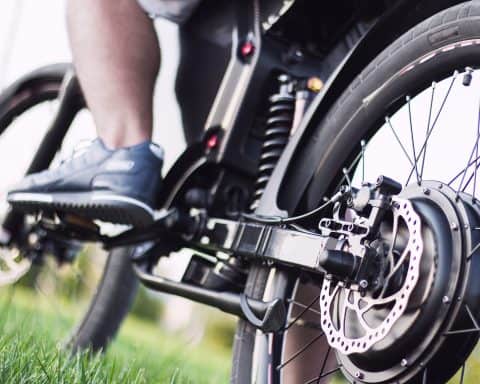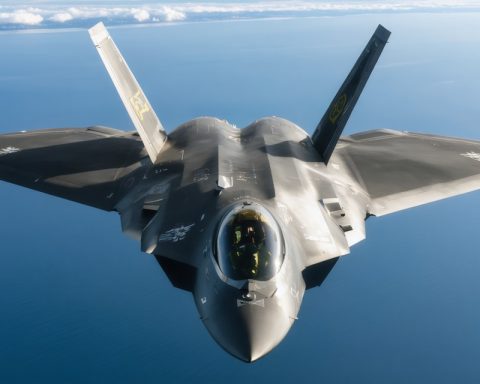The aviation industry stands on the cusp of a technological renaissance. With advancements in green technology and autonomous systems, the future of aircraft promises to be more efficient and eco-friendly than ever before. Our skies are set to witness a transformation, spearheaded by innovations that redefine conventional flying.
One of the most exciting developments is the rise of electric aircraft. Companies around the globe are investing in the potential of electric propulsion systems, aiming to significantly reduce carbon emissions. These aircraft are not only quieter but also promise a reduction in operating costs, making air travel more accessible.
Complementing electric aircraft are hybrid models. These combine traditional jet fuel systems with electric motors, offering a significant step towards sustainable aviation. Such developments are crucial as the world collectively seeks to mitigate the climate impact of air travel.
Further pushing the envelope is the advent of autonomous flight technologies. From drones that deliver packages to commercial planes that might one day fly without pilots, the autonomy in aviation is expected to enhance safety, reduce human error, and streamline operations.
The integration of these technologies is not without its challenges. Regulatory hurdles, technological limitations, and public acceptance are significant factors that the industry must navigate. However, with continued innovation and international collaboration, the future of aviation is poised to soar into a realm that was previously only imagined.
The Green Revolution in the Skies: How Sustainable Aviation Shapes Our Future
The aviation industry is on the verge of an extraordinary overhaul, driven by green technology and autonomous systems. This transformation, albeit nascent, is pivotal for the environment and humanity’s future. Of particular interest is the rise of electric aircraft that promise to curb carbon emissions significantly. As the climate crisis intensifies, the push towards sustainable aviation is not just a pursuit of innovation but a necessity for planetary health.
Environmental Impact
Electric aircraft are a game-changer for the environment. The aviation sector is notorious for its carbon footprint, contributing approximately 2.5% of global CO2 emissions. With electric propulsion systems, the dependency on fossil fuels could be dramatically lowered, offering a cleaner alternative to jet fuel. This shift is vital in the global effort to achieve carbon neutrality by mid-century. By reducing noise pollution, electric planes also protect wildlife and improve the quality of life for communities near airports.
Humanity and Accessibility
A more affordable and quieter air travel option has profound implications for humanity. Reduced operating costs through electric aircraft can democratize air travel, making it accessible to more of the world’s population. This increased mobility can foster better cultural exchanges, economic opportunities, and understanding among diverse populations, potentially leading to a more interconnected and harmonious global society.
Economic Considerations
For the economy, the adoption of sustainable aviation solutions presents both challenges and opportunities. The initial investment in research and development, infrastructure, and pilot training for new systems is substantial. Yet, these innovations hold the promise of long-term economic benefits. Electric and hybrid aircraft can reduce maintenance and fuel costs, and through increased efficiency, airlines might pass these savings onto consumers, boosting travel and tourism industries worldwide.
The Future of Humanity
The sustainability wave in aviation could serve as a template for other industries. As aviation pioneers address regulatory, technological, and societal challenges, they pave the way for scalable solutions in sustainability. Autonomous flight technologies, by potentially enhancing safety and reducing human error, could ultimately lead to safer travel not only in the skies but also on the roads through advancements in autonomous vehicle technology.
In conclusion, the aviation industry’s embrace of green technology and autonomy is set to reshape our world in decisive ways. While there are hurdles to overcome, the positive environmental, societal, and economic impacts lay a promising foundation for the future of humanity. The skies, once the limit, could now herald a sustainable frontier for the generations to come.
Revolutionizing the Skies: What’s Next in Aviation?
New Trends and Innovations in Aviation
The aviation landscape is shifting rapidly, fueled by groundbreaking innovations and a growing emphasis on sustainability. Let’s explore the emerging trends, the pros and cons of these technologies, and insights into the evolving aviation industry.
Electric Aircraft: Pioneering Green Aviation
Electric aircraft are shaping up to be game-changers in the journey towards greener skies. These aircraft utilize electric propulsion systems that drastically minimize carbon emissions compared to their conventional counterparts. The key benefits include:
– Environmental Impact: Significant reduction in greenhouse gas emissions.
– Noise Pollution: Electric engines operate much quieter than traditional jet engines.
– Cost Efficiency: Lower operational costs due to decreased fuel consumption.
Despite these advantages, electric aircraft face limitations such as battery capacity and infrastructure needs. As technology evolves, these challenges are expected to be addressed, making electric flights increasingly viable.
Hybrid Aircraft: Bridging the Gap
Hybrid aircraft offer a sensible approach by combining electric propulsion with traditional jet fuel systems. This blend results in decreased emissions and operational flexibility. However, the dual-system design can increase complexity and cost.
Autonomous Flights: Navigating a New Era
The progression of autonomous flight technologies marks a significant milestone. Autonomous drones are already in use for deliveries, and the potential for pilotless commercial flights is on the horizon, promising:
– Enhanced Safety: Reduction in human error.
– Operational Efficiency: Streamlined processes and reduced staffing needs.
Yet, the move towards autonomy is fraught with challenges, including stringent regulations, technological reliability, and public trust. Successful integration will hinge on addressing these critical concerns.
FAQs: Navigating the Future of Aviation
Q: How will electric and hybrid aircraft impact the future of travel?
A: Electric and hybrid aircraft are set to make air travel more sustainable and cost-effective, reducing the carbon footprint and operating expenses.
Q: What are the major challenges faced by autonomous flights?
A: Key challenges include regulatory approvals, ensuring technological reliability, and gaining public acceptance.
Q: Are there advancements addressing battery capacity for electric aircraft?
A: Yes, ongoing research aims to improve battery technology to extend flight range and reduce weight.
Market Analysis: The Road Ahead
The aviation industry’s trajectory is increasingly oriented towards sustainability and innovation. Market leaders are investing heavily in research and development to overcome existing challenges, with international collaboration playing a crucial role.
Predictions: Aviation in 2030
By 2030, the skies could be dominated by a blend of electric, hybrid, and autonomous aircraft, fundamentally altering our approach to air travel. This decade will likely witness breakthroughs in battery technology, regulatory frameworks, and broader public acceptance.
Stay informed about the latest developments in aviation and technology by visiting the Boeing and Airbus websites.
As the aviation frontier expands, these innovations promise a future where flying is not just more accessible, but also more responsible. By overcoming current limitations, we can redefine the travel landscape for generations to come, propelling us closer to the dream of sustainable and efficient global mobility.











